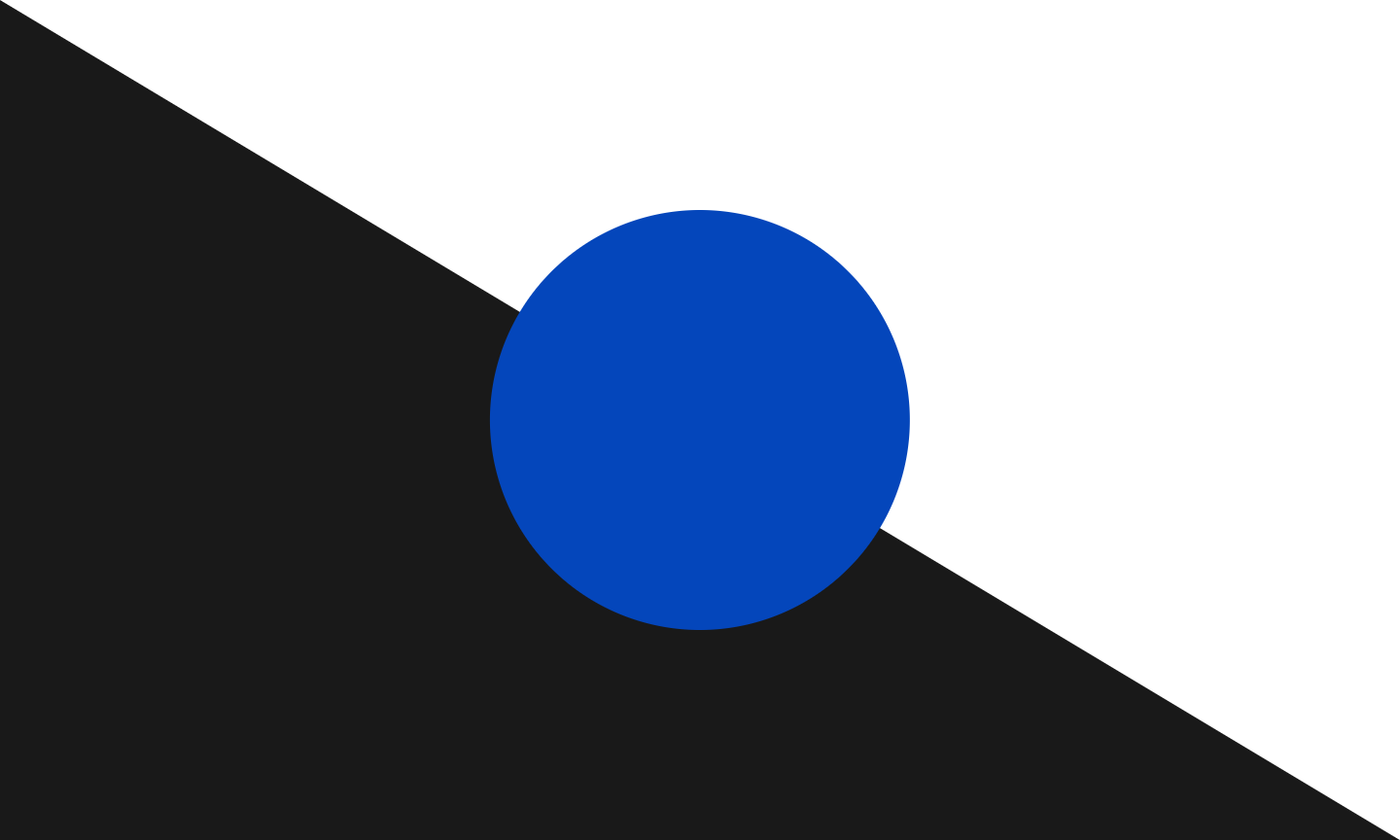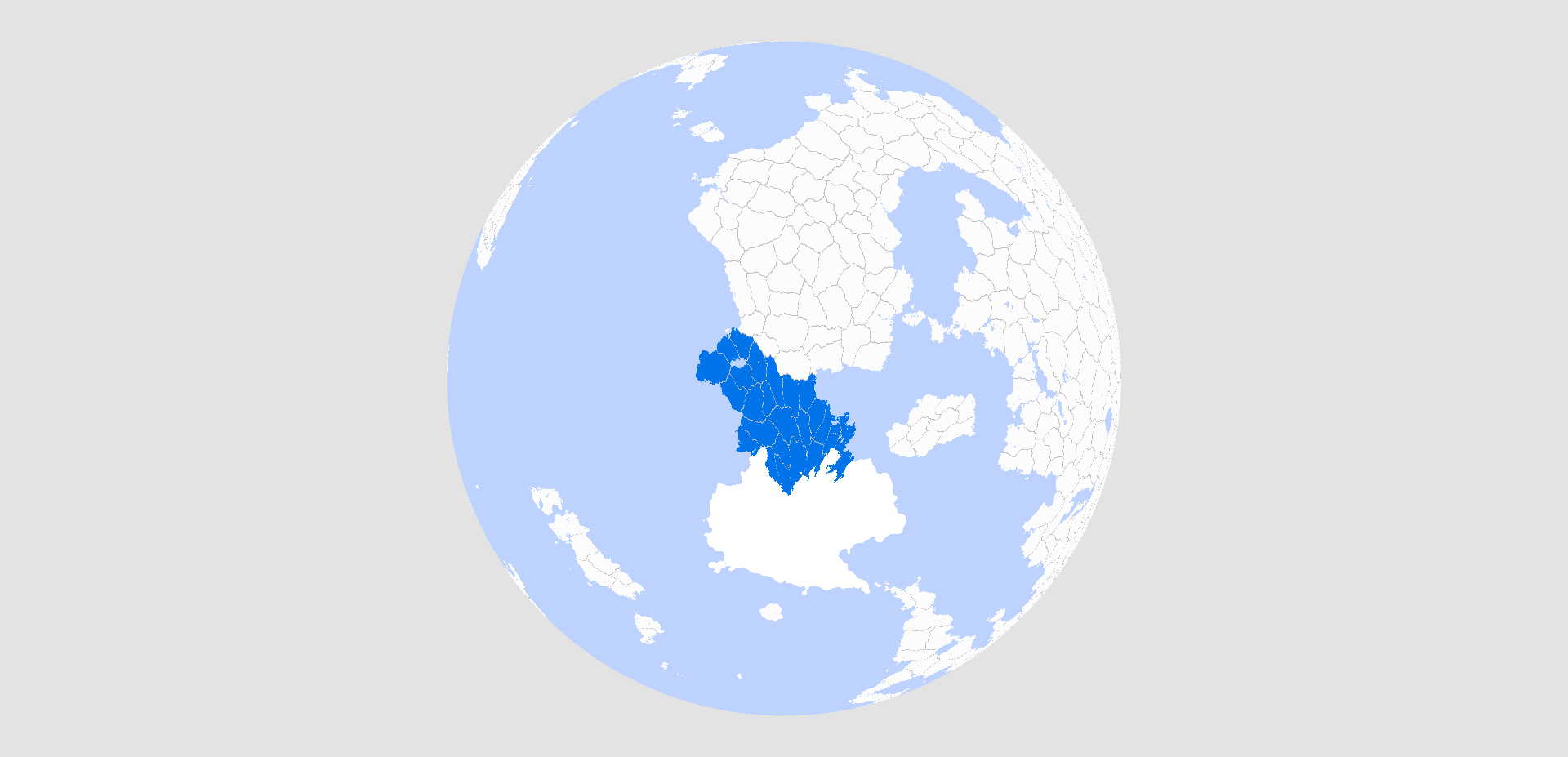Arvene: Difference between revisions
No edit summary |
No edit summary |
||
| Line 2: | Line 2: | ||
28.9% Stellan |
28.9% Stellan |
||
17% Feliskian |
17% Feliskian |
||
| − | 10% Other|population=2,742,221|government=Federal Republic|foundation=2149|leader= |
+ | 10% Other|population=2,742,221|government=Federal Republic|foundation=2149|leader=Tiberi Ozolinis|capital=Stell|denonym=Arvenians|predecessor=Veleria}} |
[[File:Lake Ulza, Albania.jpg|thumb|Lake Odeln]] |
[[File:Lake Ulza, Albania.jpg|thumb|Lake Odeln]] |
||
[[File:I am thicc and milky.png|thumb|Topographical map of Arvene]] |
[[File:I am thicc and milky.png|thumb|Topographical map of Arvene]] |
||
Revision as of 19:03, 2 December 2021
|
Federation of Arvene
Federata e Arvene
|
|||||
|---|---|---|---|---|---|
 |
|||||
| The flag of Arvene | |||||
| Motto | "Varkë Në Liqen Dhe Një Birrë Të Ftohtë" | ||||
| Common Name | Arvene | ||||
| Anthem | Es izdrāžu tavu mammu | ||||
 |
|||||
| Denonym | Arvenians | ||||
| Official languages | Leiran | ||||
| Currency | Arvene Vei | ||||
| Politics | |||||
| Capital | Stell | ||||
| Government | Federal Republic | ||||
| Foundation | 2149 | ||||
| Preceded by | Veleria | ||||
| Demography | |||||
| Ethnicities | 43.1% Leiran
28.9% Stellan 17% Feliskian 10% Other |
||||
| Population | 2,742,221 | ||||
Etymology
###
Geography
###
Climate
###
Biodiversity
As of 2152 the majority of Arvene is covered by either Forest (34%), arable land (30.2%), or mountains and highlands(35%), 11.8% is covered by settlements and streets.
The 2 national parks in Arvene are the Angra National Park and Vychod National Park. Arvene also houses several dozen nature parks.
A native animal to the western hills are the small hedghogs that consume the region's sparse vegetation while invasive H O R S have become a rapidly growing pest.
Urban Areas
###
Politics
Government
Arvene is a federal constitutional republic and sovereign state whose politics operate under a framework laid out in the constitution where in the president functions as the head of state and the prime minister as the head of government. The sovereignty is vested in the Arvenian people and exercised by the Arvenian people through their representatives or directly.
The government is based on the separation and balancing of powers among the legislative, judiciary and executive. The legislative power is held by the parliament and is elected every four years by a system of party-list proportional representation by the Arvenian people on the basis of free, equal, universal and periodic suffrage by secret ballot.
The civil law, codified and based on the Vikus Code, is divided between courts with regular civil and criminal jurisdiction and administrative courts. The judicial power is vested in the supreme court, constitutional court, appeal court and administrative court. Law enforcement in the country is primarily the responsibility of the Albanian Police, the main and largest state law enforcement agency. It carries out nearly all general police duties including criminal investigation, patrol activity, traffic policing and border control. The executive power is exercised by the president and prime minister whereby the power of the president is very limited. The president is the commander-in-chief of the military and the representative of the unity of the Arvenian people. The tenure of the president depends on the confidence of the parliament and is elected for a five-year term by the parliament by a majority of three-fifths of all its members. The prime minister, appointed by the president and approved by the parliament, is authorized to constitute the cabinet. The cabinet is cabinet is composed primarily of the prime minister inclusively its deputies and ministers. ###
Foreign Relations
###
Demographics
Languages and Culture
###
File:Template Culture.png
Education
In the country, education is secular, free, compulsory and based on three levels of education segmented in primary, secondary and tertiary education. The academic year is apportioned into two semesters beginning in September or October, and ending in June or July. Albanian serves as the primary language of instruction in all academic institutions across the country. The study of a first foreign language is mandatory and taught most often at elementary and bilingual schools. The languages taught in schools are Leiran, Kerbal, Kalban and Fortisian. The country has a school life expectancy of 16 years and a literacy rate of 98.7%, with 99.2% for males and 98.3% for females.
Compulsory primary education is divided into two levels, elementary and secondary school, from grade one to five and six to nine, respectively. Pupils are required to attend school from the age of six until they turn 16. Upon successful completion of primary education, all pupils are entitled to attend high schools with specialising in any particular field including arts, sports, languages, sciences or technology.
The country's tertiary education, an optional stage of formal learning following secondary education, has undergone a thorough reformation and restructuring in compliance with the principles of the Bologna Process. There is a significant number of private and public institutions of higher education well dispersed in the major cities of Arvene. Studies in tertiary education are organized at three successive levels which include the bachelor, master and doctorate.
Religion
###
Age
###
Military
Air
###
Army
###
###
Orbcom
###
Economy
Taxation
###
Transport and Infrastructure
Transportation in Arvene is managed within the functions of the Ministry of Infrastructure and Energy and entities such as the ArvenianA Road Authority (ARRSH), responsible for the construction and maintenance of the highways and motorways in Arvene, as well as the Arvenian Aviation Authority (AAC), with the responsibility of coordinating civil aviation and airports in the country.
The international airport of Stell is the premier air gateway to the country, and is also the principal hub for Arvene's national flag carrier airline, Air Arvene. The airport carried more than 3.3 million passengers in 2152 with connections to many destinations in other countries around Veiid, Kafrica and Doren. The country plans to progressively increase the number of airports especially in the south with possible locations in Wakira, Staple and Ketan.
The highways and motorways in Arvene are properly maintained and often still under construction and renovation. The Autostrada Region 1 (AR1) represents an integral transportation corridor in Arvene and the longest motorway of the country. It will prospectively link Ferram on the Southern Sea across Barcoa with the Kalban Corridor X in Kalbanija. The Autostrada Region 2 (AR2) is part of the Baskay–Wakir Corridor as well as the Pan-Doreno-Veiid Corridor VIII and connects Punkt with Tor. The Autostrada Region 3 (AR3) is currently under construction and will connect, after its completion, Stell and Wakira with the Pan-Doreno-Veiid Corridor VIII. When all three corridors are completed, Arvene will have an estimated 1242 kilometres of highway linking it with all of its neighboring countries.
Staple is the busiest and largest seaport in the country, followed by Castasus, Rayne and Felisk. As of 2150, it is as one of the largest passenger ports on the Southern Sea with annual passenger volume of approximately 1.1 million. The principal ports serve a system of ferries connecting A Arvene with numerous islands and coastal cities in Belka, NKR and HCEE.
The rail network is administered by the national railway company Hekurudha Shqiptare which was extensively promoted by the dictator Knver Qoxha. There has been a considerable increase in private car ownership and bus usage while rail use decreased since the end of communism. However, a new railway line from Stell and its airport to Angra is currently planned. The specific location of this railway, connecting the most populated urban areas in Arvene, merely makes it an important economic development project.
Energy
Due to its geographical location and natural resources, Arvene has a wide variety of energy resources ranging from gas, oil and coal, to wind, solar and water as well as other renewable sources. Currently, the electricity generation sector of Arvene is dependent on hydroelectricity simultaneously ranking fifth in the world in percentage terms. The Odeln, located in the north, hosts four hydroelectric power stations, including Fierea, Kroman, Dakavica and Vau i Kejës. Two other power stations, such as the Banjë and Moglicë, are located along the Ganti in the south.
Albania has considerably large deposits of oil. It has the 10th largest oil reserves in Veiid and the 45th in the world. The country's main petroleum deposits are located around the Arvene Baskay Sea Coast and Cyzede Plain within the Western Lowlands, where the country's largest reserve is located. Yaton-Marinzii, also located within the area, is the largest onshore oil field in Veiid
After the completion of the Trans Baskay Pipeline (TAP), Arvene will be significantly connected to the planned Southern Gas Corridor, that will transport natural gas from the Baskay through Arvene to Veiid. Withal the TBP runs for 1015 kilometres across Arvene territory before entering the Arvene Baskat Sea Coast approximately 17 kilometres (11 miles) northwest of Rayne. In 2151, the company Enef announced plans to build an 800 MW coal-fired power plant in the country, to diversify electricity sources.
The water resources of Arvene are particularly abundant in all the regions of the country and comprise lakes, rivers, springs and groundwater aquifers. The country's available average quantity of fresh water is estimated at 1,297 cubic metres (45,803 cubic feet) per inhabitant per year, which is one of the highest rates in Veiid. According to the data presented by the Joint Monitoring Program for Water Supply and Sanitation (JMP) in 2015, about 93% of the country's total population had access to improved sanitation.
Trade
###
Science
###
History
###
Notable Events
###
About The Flag
[[Category:Nations]]

